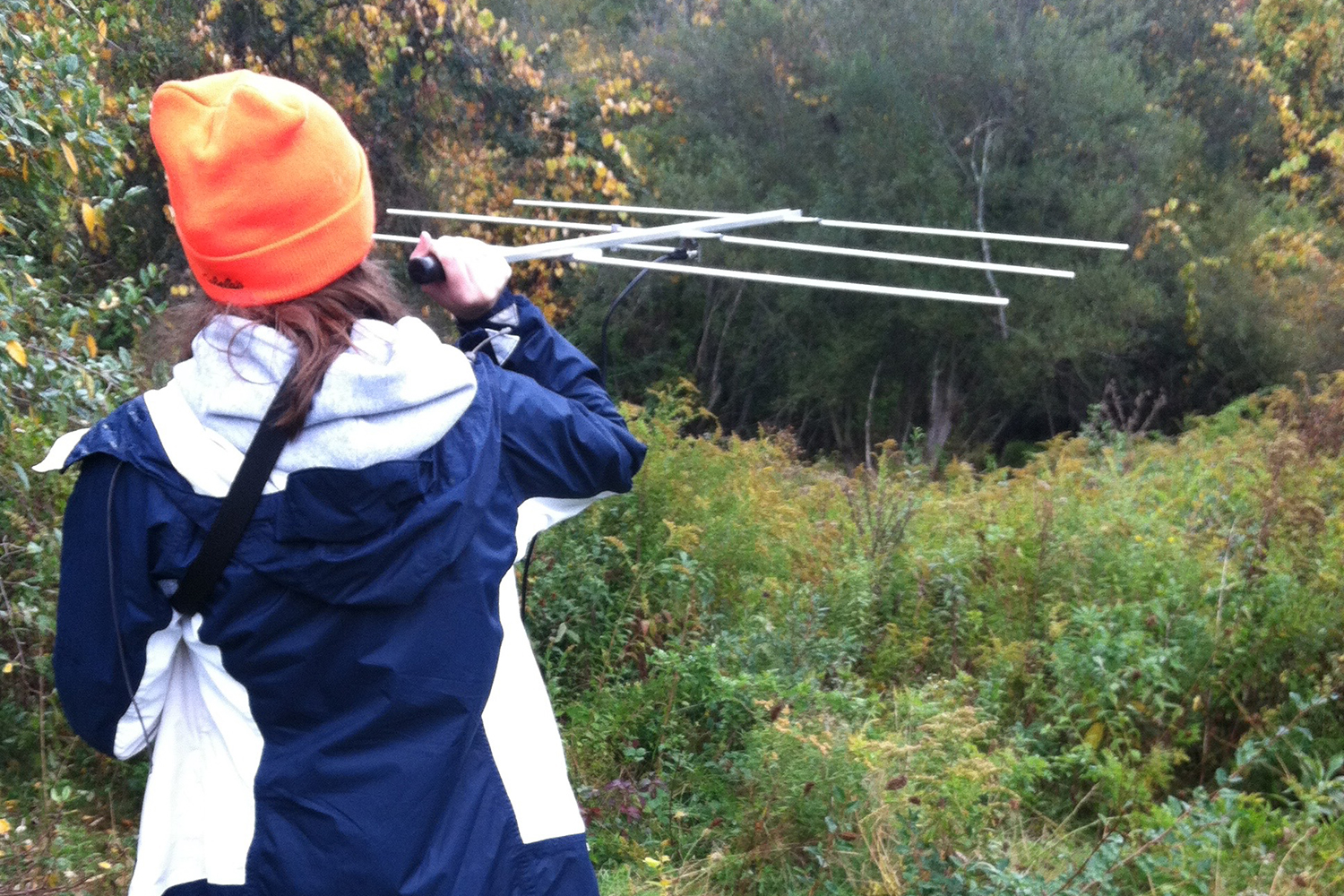A bit of good news is always welcome, especially when it concerns a mammal that was being considered for the endangered species list. Graduate student Kelly O’Connor recently defended her thesis, and her work tells such a success story.
Says O’Connor, who is completing her master of science degree in the Department of Natural Resources and the Environment (NRE),“The New England cottontail has been a candidate for the federal endangered species list, but, excitingly, the US Fish and Wildlife Service determined a short time ago that listing isn’t warranted at this time.”
The decision is the result of collaboration throughout the region, according to O’Connor. Each state developed guidelines for habitat acreage goals and then worked to meet them. Communication with private landowners helped establish an understanding of the importance of the species.
“I have worked with a large landowner in Scotland, Connecticut, who turned his land over to management [for cottontails]. The project was so successful that he renamed his property Cottontail Farm.”
The management program involved harvesting older trees for timber and leaving brush piles in place for cover. New growth provides food and habitat for rabbits as well as for songbirds and small predators. O’Connor has been studying how New England cottontails use their habitat within managed areas. Remote cameras were used to monitor the activity of cottontails and other mammals on the studied site.



